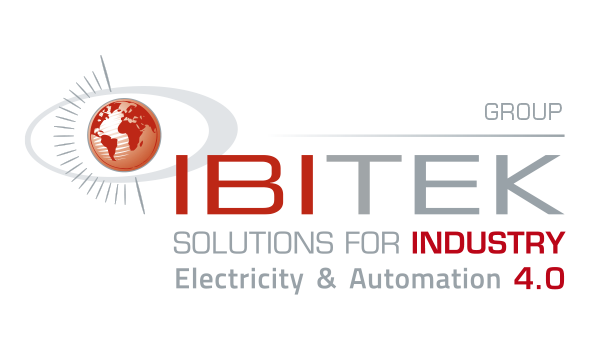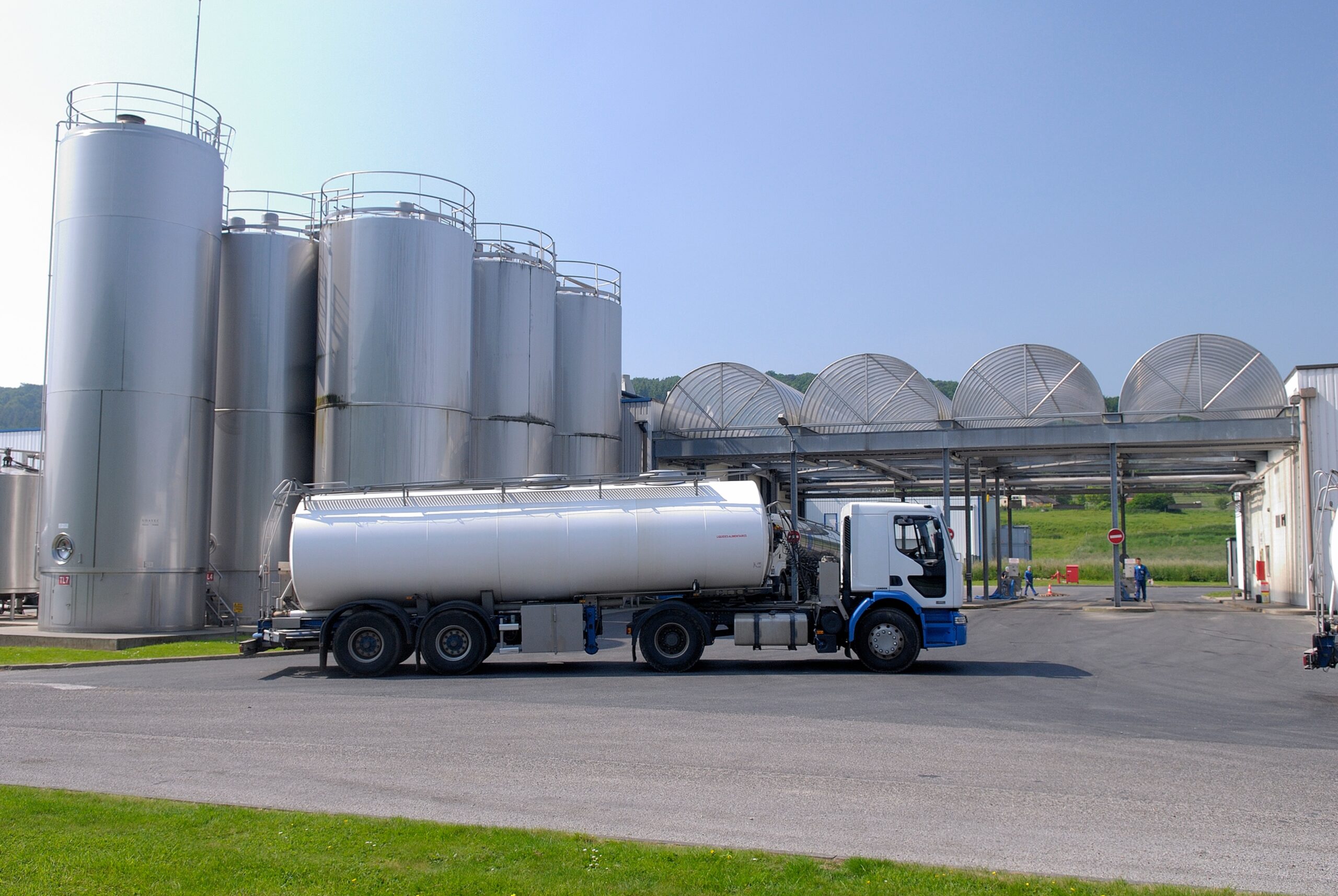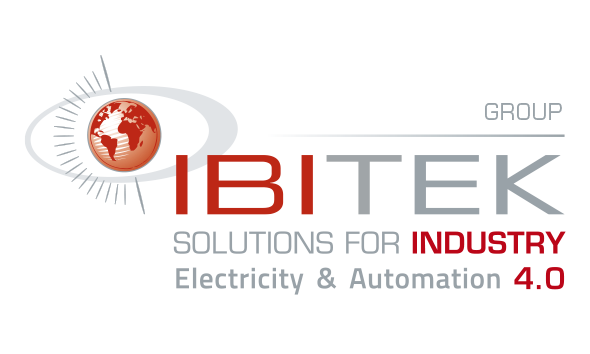Managing a production site meets three fundamental targets:
- prices
- quality
- timing
As soon as a factory suffers from one of these three factors, it compromises its development on the market and its durability. It is easy to understand the criticality of a production shutdown and the dread of industrialists.
Preventive maintenance, whether systematic or conditional, makes possible to reduce the risk of a production stoppage. However, an industrial process is a complex entity that functions like a living being; with many mechanisms, interconnections, dependencies and cause and effect links.
Rationalised information is the cornerstone for a healthy production tool, and in addition to piloting the activity, it enables projects to be improved and carried out continuously and also production shutdowns to be understood and analysed.
The ability, for an industrial, to reconstruct the fault tree in order to identify weak signals in its process is one of the key success’ factors for its transformation into a 4.0 future plant and in its predictive maintenance.
Faced with the amount of data generated by automated and supervisory systems (SCADA), how can we identify reasons for shutdowns? What tools should be used to obtain rationalized, relevant and valuable information?
Which production’s shutdowns are encountered?
It is important to identify the most frequent causes of stoppages within an industrial site. As a preamble, let us define the term “production shutdowns”; these correspond to periods during which the production line is stopped. Production stoppages are characterized by different types of causes:
-
Induced downtime
Induced downtimes correspond to periods of production line inactivity caused by events external to the company, such as a lack of staff (absence, meeting, break, etc.), a supply fault, parts saturation, etc. These inactive periods are organizational in nature.
-
Maintenance downtime
Unlike induced downtime, maintenance downtime is directly linked to the production line. They can be caused by a breakdown or a mechanical malfunction, but also by human error or a quality problem. These downtimes can also be planned in order to check the tool, adjust it or maintain it.
-
Emergency downtime
Emergency downtime differs from induced downtime in the sense that this type of event mobilizes maintenance team, which must identify the cause of stoppage and get the production line up and running again. These incidents are particularly onerous for plants because they slow down or even stop production on site, degrade productivity and affect profitability.
How to reduce the occurrence of production stoppages
In many cases, industrial companies do not take the time to quantify the impact of these incidents because they do not have the tools to rely on tangible, reliable and quantifiable data. Whether the shutdowns are impromptu or planned, they represent a significant expense for plants. It can reach thousands or even millions of euros per day. The digital tool is the solution for quantifying losses due to downtime. It provides a solid basis for monitoring performance indicators in real time and implementing action plans.
One of the indicators that is very easy to monitor is the Synthetic Efficiency Ratio (SER). It enables the rate of use of machines to be monitored by taking into account actual production over the theoretical maximum production. This indicator allows production to be challenged because it highlights the time spent versus the time required to produce at a nominal rate. This ratio is very useful for calculating losses due to downtime.
Industrial predictive maintenance indicators such as Main Time Between Failure (MTBF) and Main Time to Repair (MTR) allow to identify the possible causes of breakdowns as well as the average time between two failures. They help to better understand the condition of equipment and to predict this incidents before they occur.
The automation of data collected, historised and exploited by PLCs is the first step towards a predictive approach.
Equipping yourself with a Historian solution allows you to act on:
– Induced downtime:
– Better organization of production, production reports, dashboard, consumables
– No manual data processing, time saving and error free.
– Maintenance downtime:
– Better visibility on equipment availability
– Real-time feedback, alerts and notification
– Emergency downtime :
– Study of failure, correlation between values (e.g. mill speed and product quality), time series of values, comparison of process parameters with older parameters (up to 10 years of history)
IBIProd , IBITEK’s Historian + MES solution provide an adapted and scalable response to industrials’ needs who wish to be supported in the implementation of a high-performance tool that is a source of value.
Based on more than 15 years of expertise in electricity, automation and instrumentation, IBITEK-Group will support you from the drafting of specifications to on-site deployment and connection of field equipment, if required.











